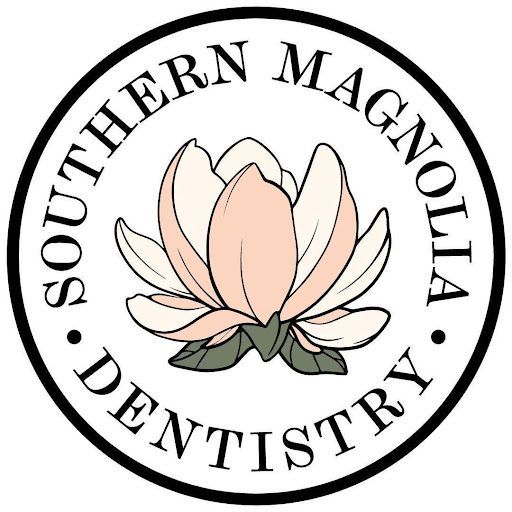Sedation dentistry utilizes pharmacological agents to include inhalation (Nitrous Oxide), oral sedation, and intravenous (IV) and general anesthesia while undergoing dental procedures. Sedation is often used in cases of dental anxiety, sensitive gag reflex, special needs patients that may have physical, cognitive or behavioral needs.
Sedation methods
Nitrous oxide (laughing gas)
Nitrous Oxide “Laughing Gas” is a safe and effective inhalation sedation technique that can be used to help reduce anxiety. It has a quick onset and is eliminated from the body within 5 minutes after administration has stopped. Laughing gas helps relax the patient so that they are less anxious or fearful during the appointment. Nitrous Oxide (laughing gas) is administered and monitored by pediatric dentist.
Oral Conscious Sedation
Oral sedation can be given by mouth or by nose that is usually given up to 1 hour before a dental procedure. The medication given allows the patient to be conscious but feel “silly” or “sleepy” during dental procedures. In this sedative state patients should respond to verbal stimulation or light touch. Oral sedation is administered and monitored by the pediatric dentist.
Intravenous (IV) Sedation
IV sedation utilizes the placement of an IV to deliver sedation medications safely and effectively. IV sedation is the deepest form of conscious sedation. During the procedure your vitals are monitored and dosage of medications can be adjusted or reversed if necessary. This option is good for young patients, special needs patients that oral conscious sedation would not work well, and severe dental anxiety. IV sedation allows for a deeper relaxation and patients awaken with little to no memory. Nitrous Oxide (laughing gas) may be used as an adjunct to oral conscious sedation. IV sedation is administered and monitored by an anesthesiologist.
General Anesthesia
General anesthesia is performed in a hospital or outpatient surgery center. It is mostly used when treating young children, special needs patients and those with dental anxiety. General anesthesia, a controlled state of unconscious sedation, is usually administered and monitored by an anesthesiologist.



